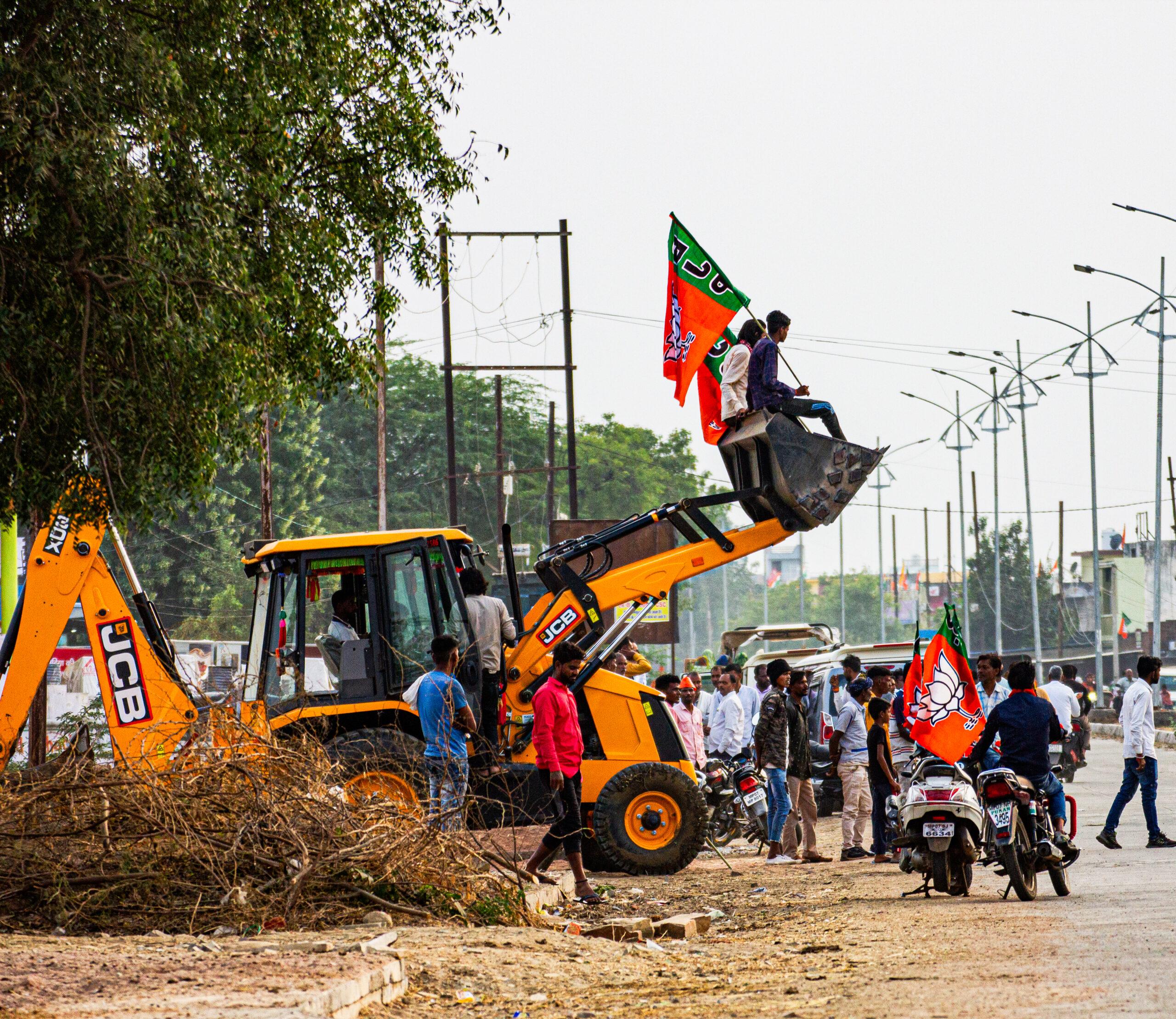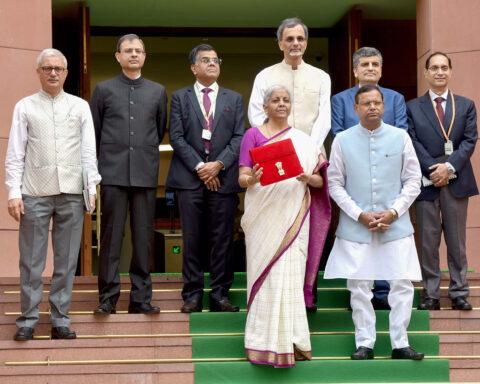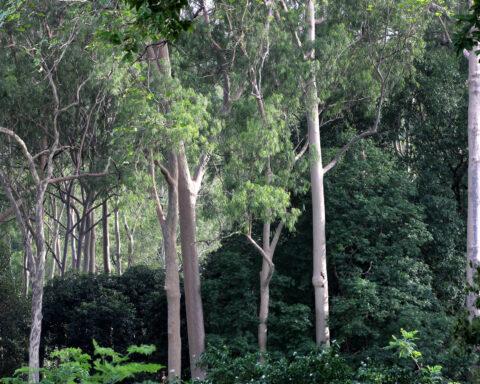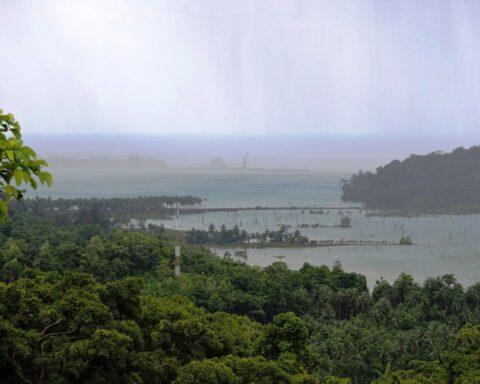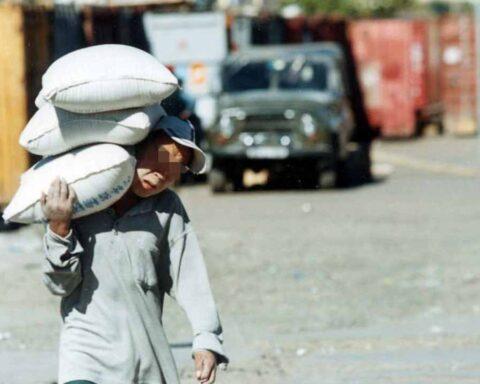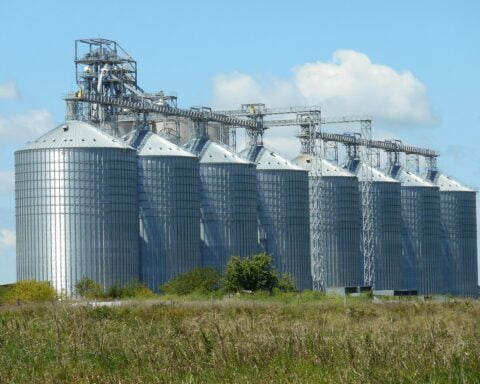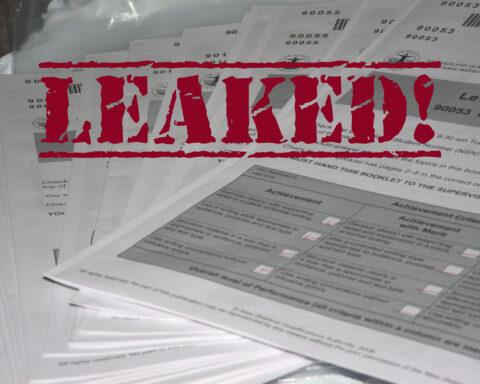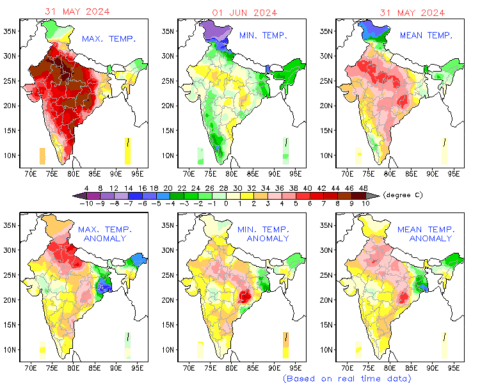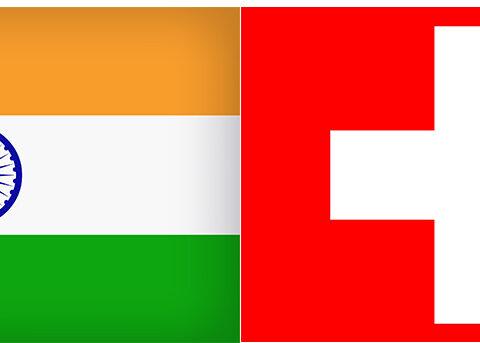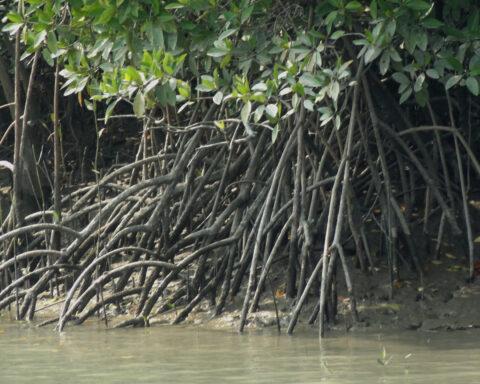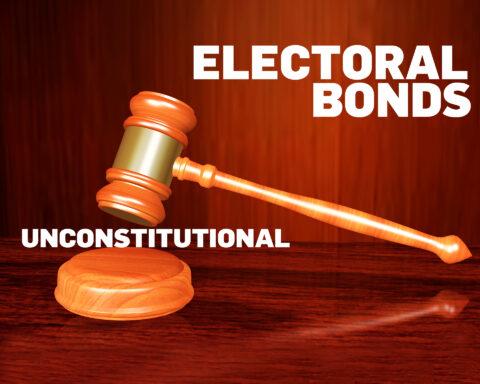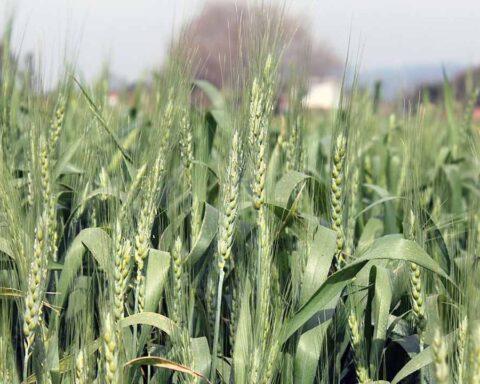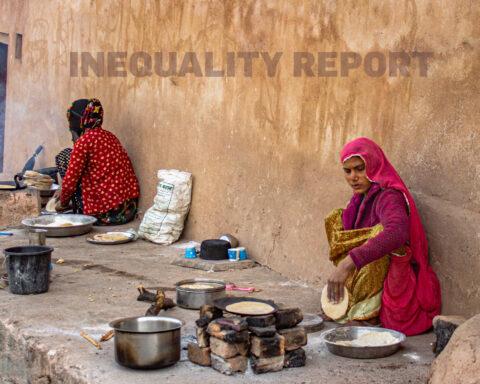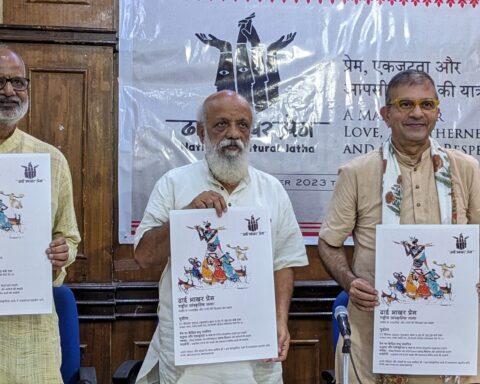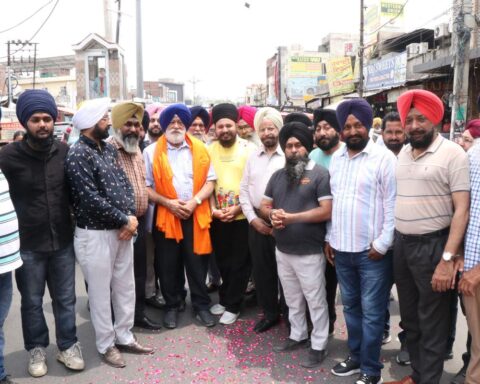Narratives of development and social justice fade into irrelevance inside the deep fault lines of caste equations that dominate the ravines and towns of the Chambal region in Madhya Pradesh (MP), which goes to the polls on November 17. If, in the 1970s and ’80s, fearsome baagis (brigands), who took up arms primarily because of caste-related oppression, conjured up images of bihaads (ravines) of Chambal as the most dangerous badlands, today it represents the reign of the sand and mining mafia, who are patronised by politicians of all shades. Crime and politics are like cojoined twins in this part of India, which is one of the poorest and least developed regions in the country. The MP elections along with polls in four other states is also being perceived as the semi-finals before the 2024 General Elections.
As one leaves the highway to venture deeper into Morena town—the gateway to the Chambal region comprising seven districts—overflowing drains of thick sewage, herds of marauding stray cattle, broken and potholed roads, dilapidated buses belching noxious black smoke, and the lawlessness of maddening traffic whip up a jarring symphony of chaos and neglect that throws into sharp relief the dichotomy between reality and prime-time TV news propaganda that weaves a chimera of development every evening.
“Why would anyone want to live the hard life of a baagi?” asks a Morena-based journalist, who works for a Hindi newspaper published from MP. “Today, every connected person in Morena is a baagi because sand mining is far more lucrative than robbing a few people belonging to the landed class. Every morning, dozens of tractor trollies loaded with sand can be seen lining up on the side of the bridge over the Chambal river that marks the boundary between Rajasthan and MP. Anyone opposing sand mining is bumped off without any repercussions. The mining mafia enjoys strong political patronage.” The name of the journalist has been withheld for his protection.

